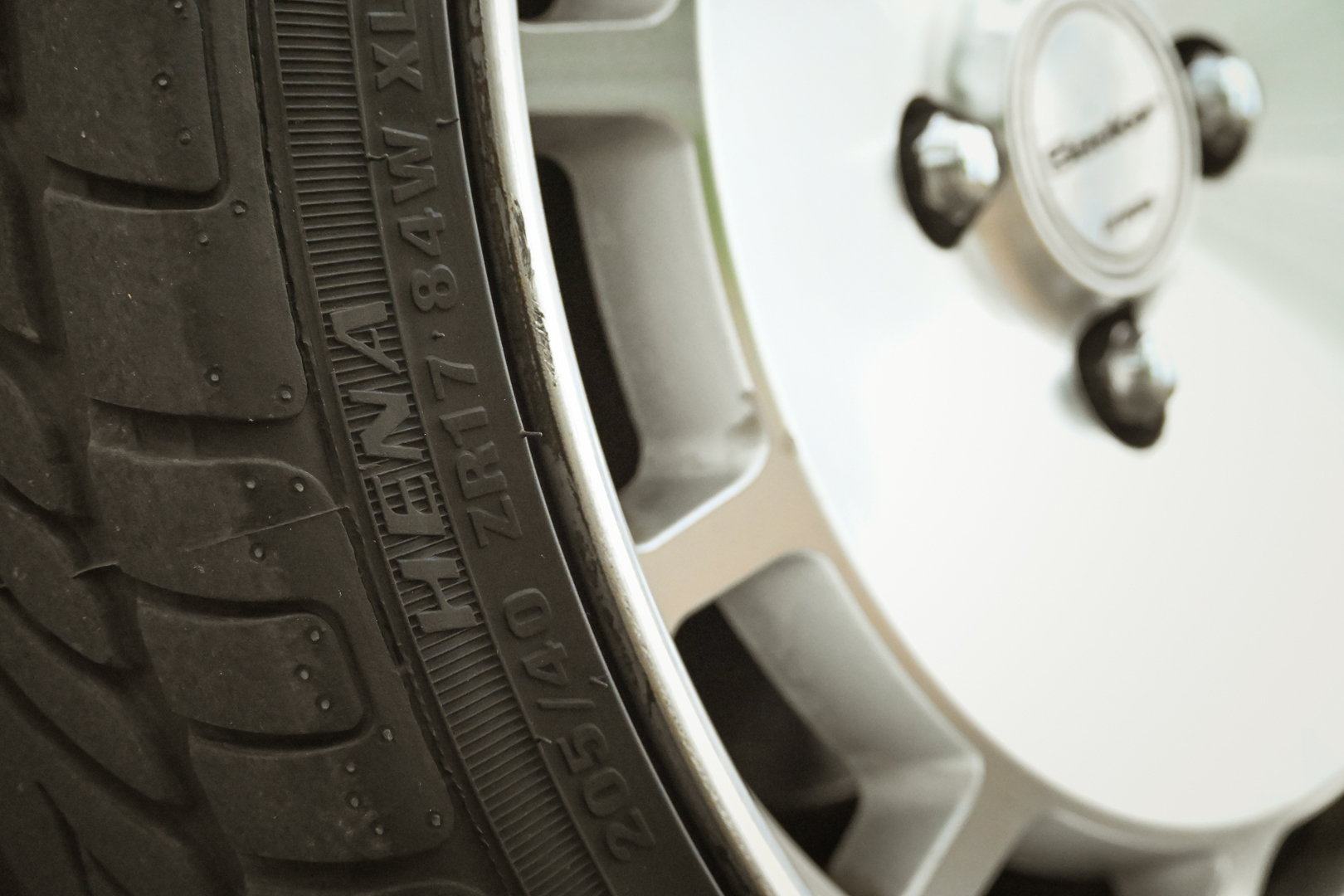How Turbo Engines Work: Generating Power from Exhaust Gas
When talking about car performance, the term "high power" is always mentioned. One of the components that can dramatically increase a car's power is the turbo engine.
For those who don't know, a turbo is not just a performance accessory. This component plays an important role in making the engine work more efficiently without having to increase the cylinder capacity.
How a Car Turbo Engine Works
Simply put, a turbocharger works by utilizing exhaust gas from the engine to generate additional air pressure to the combustion chamber. So, the exhaust gas that should come out through the exhaust pipe is first directed to the turbine inside the turbo.
This turbine spins at extreme speeds, reaching up to 150,000 rpm, or about 30 times faster than a regular car engine! The turbine's rotation forces more air into the combustion chamber, making the air-fuel mixture denser and richer in oxygen.
When the spark plug ignites, the explosion in the combustion chamber is much stronger. The result? The engine's power and torque increase significantly, making the car feel more powerful, especially at high revs.
Interestingly, the turbo only becomes fully active when the engine is running at a certain rpm. This is because the turbine can only "wake up" when the exhaust gas has sufficient pressure. The higher the engine speed, the harder the turbo works.
Main Functions of a Turbo Engine
In general, a turbo functions to increase engine efficiency and power by utilizing energy that is normally wasted through exhaust gases. Within the system, there are two turbines connected to a single shaft:
- Drive Turbine, which is rotated directly by the engine's exhaust gases.
- Driven Turbine, which receives rotation from the first turbine to suck in outside air and channel it into the combustion chamber.
Many turbo systems are also equipped with an intercooler, which cools the compressed air for a more complete combustion process. The good news is that turbos don't require complicated maintenance, just regular oil changes, because it is the lubricant from the engine oil that keeps the turbine durable.
Advantages of Turbo Engines
In addition to making cars more powerful, turbos also have environmental benefits. This system uses exhaust gases, which would otherwise be pollutants, as additional energy for combustion. This means that turbos not only make engines more efficient, but also help reduce emissions.
Cars with turbo engines are usually more fuel-efficient than conventional engines with equivalent power. That's why many modern car manufacturers are now switching to downsizing + turbo technology: small engines, but with fierce power and still environmentally friendly.
Conclusion
A turbocharger may be small, but its effects are extraordinary. It converts waste energy into performance boost. With proper maintenance, a turbo engine not only makes the car faster but also more efficient and more environmentally friendly.
Indonesia 🇮🇩
Cara Kerja Mesin Turbo, Si Penghasil Tenaga dari Gas Buang
Kalau bicara soal performa mobil, pasti nggak jauh-jauh dari kata “tenaga besar”. Nah, salah satu komponen yang bikin tenaga mobil bisa melonjak drastis adalah mesin turbo.
Buat yang belum tahu, turbo bukan cuma sekadar embel-embel performa. Komponen ini berperan penting dalam membuat mesin bekerja lebih efisien tanpa harus memperbesar kapasitas silinder.
Cara Kerja Mesin Turbo Mobil
Secara sederhana, turbocharger bekerja dengan memanfaatkan gas buang dari mesin untuk menghasilkan tekanan udara tambahan ke ruang bakar. Jadi, gas buang yang seharusnya keluar lewat knalpot, sebagian diarahkan dulu ke turbin di dalam turbo.
Nah, turbin inilah yang berputar dengan kecepatan ekstrem, bisa mencapai 150 ribu rpm, atau sekitar 30 kali lipat dari putaran mesin mobil biasa! Putaran turbin tersebut memaksa udara masuk lebih banyak ke ruang bakar, membuat campuran udara dan bahan bakar jadi lebih padat dan kaya oksigen.
Begitu busi memantik api, ledakan di ruang bakar jadi jauh lebih kuat. Hasilnya? Tenaga dan torsi yang dihasilkan mesin melonjak signifikan, mobil terasa lebih bertenaga, terutama di putaran tinggi.
Menariknya, turbo baru benar-benar aktif saat mesin berputar di rpm tertentu. Karena turbin baru bisa “bangun” ketika gas buang punya tekanan yang cukup kuat. Semakin tinggi putaran mesin, semakin kencang juga kerja turbo.
Fungsi Utama Mesin Turbo
Secara umum, turbo berfungsi meningkatkan efisiensi dan tenaga mesin dengan memanfaatkan energi yang biasanya terbuang lewat gas buang. Di dalam sistemnya, terdapat dua turbin yang saling terhubung di satu poros:
- Drive Turbine, yang diputar langsung oleh gas buang mesin.
- Driven Turbine, yang menerima putaran dari turbin pertama untuk menghisap udara luar dan menyalurkannya ke ruang bakar.
Banyak sistem turbo juga dilengkapi intercooler, yang mendinginkan udara terkompresi agar proses pembakaran lebih sempurna. Kabar baiknya, turbo nggak butuh perawatan ribet, cukup rutin ganti oli, karena pelumas dari oli mesin itulah yang menjaga turbin tetap awet.
Kelebihan Mesin Turbo
Selain bikin mobil lebih bertenaga, turbo juga punya nilai plus dari sisi lingkungan. Sistem ini menggunakan gas buang, yang seharusnya jadi polutan sebagai energi tambahan untuk pembakaran. Artinya, turbo bukan cuma bikin mesin makin efisien, tapi juga membantu mengurangi emisi.
Mobil dengan mesin turbo biasanya lebih hemat bahan bakar dibanding mesin konvensional dengan tenaga setara. Itu sebabnya, banyak pabrikan mobil modern kini beralih ke teknologi downsizing + turbo: mesin kecil, tapi tenaga buas dan tetap ramah lingkungan.
Kesimpulan
Turbocharger memang kecil, tapi efeknya luar biasa. Ia mengubah energi buangan menjadi dorongan performa. Dengan perawatan yang tepat, mesin turbo bukan hanya bikin mobil makin cepat, tapi juga makin efisien dan lebih bersahabat dengan bumi.






